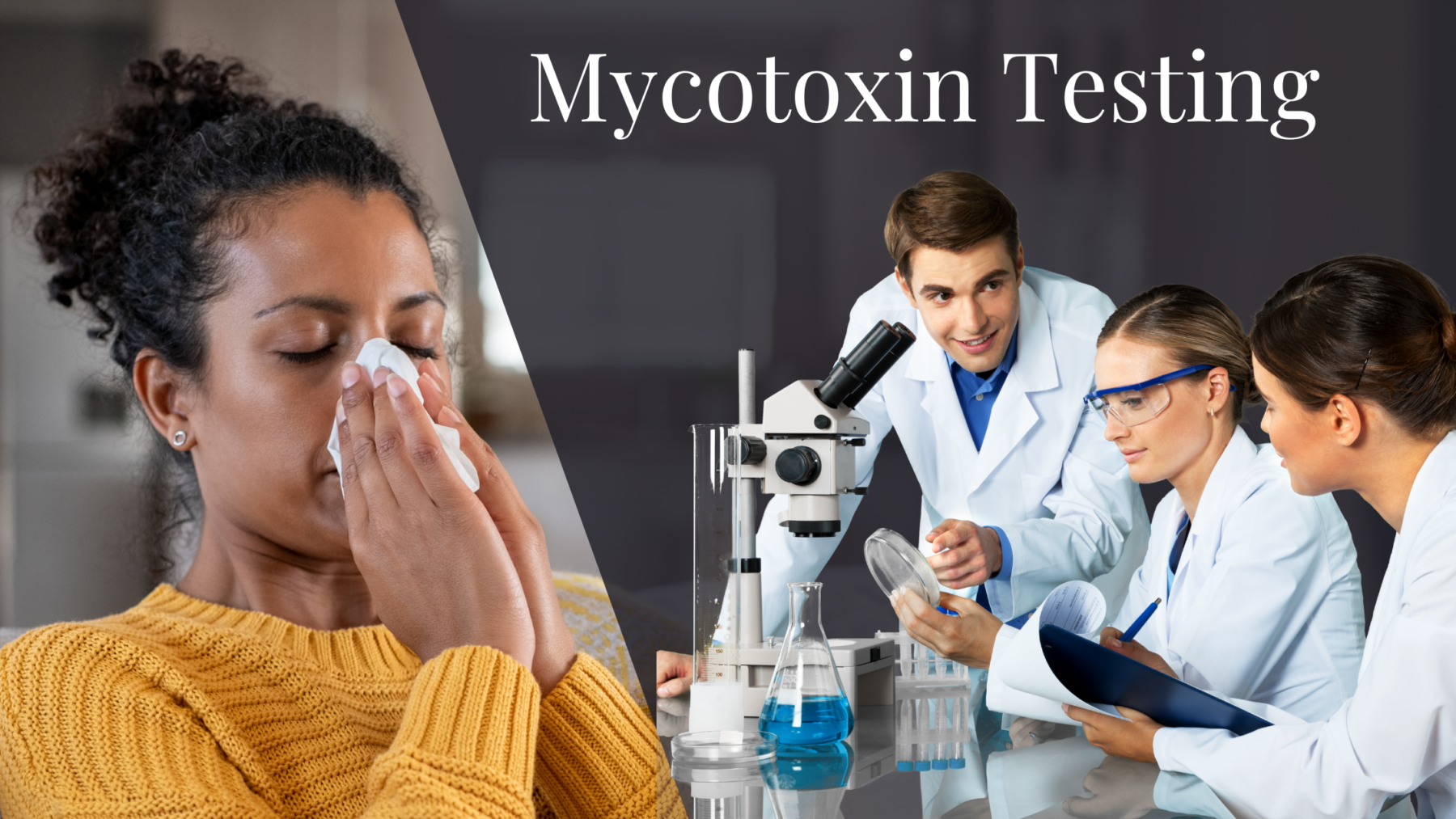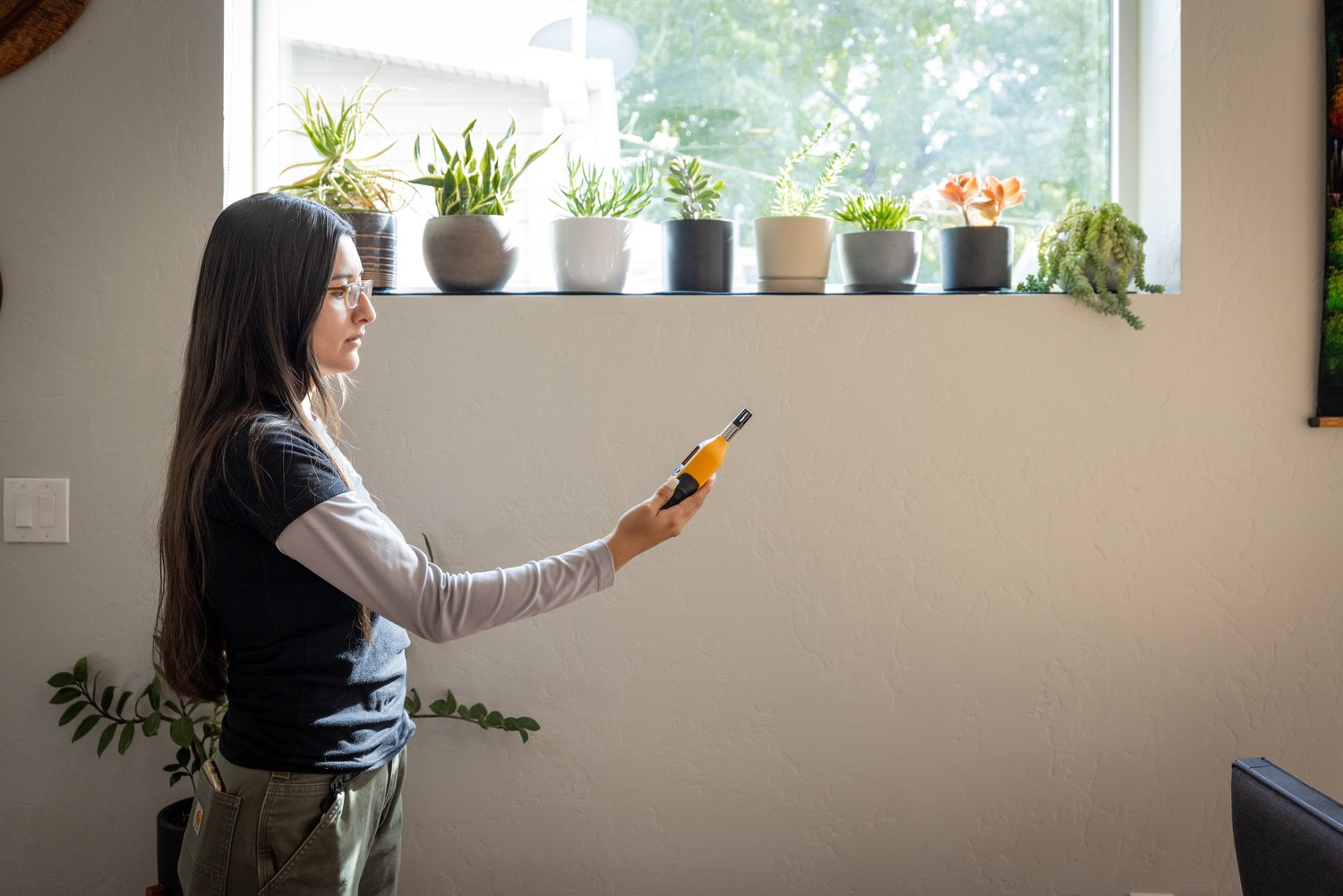Picking the Right Mycotoxin testing Services for Your Service
Wiki Article
Exactly How Mycotoxin Screening Aids Stop Contamination and Secure Food Supplies

Mycotoxin testing is an important method in the food market, offering as a frontline protection versus contamination by damaging contaminants generated by mold and mildews. Through the application of advanced methods like High-Performance Fluid Chromatography (HPLC) and Liquid Chromatography-Mass Spectrometry (LC-MS), food manufacturers can accurately identify and evaluate mycotoxin degrees in agricultural items.
Recognizing Mycotoxins
Recognizing mycotoxins starts with recognizing that they are toxic second metabolites generated by particular molds, which can pollute farming products. These metabolites are not vital for the growth or recreation of the fungi however can have extreme effects for animal and human health. Mycotoxins are commonly discovered in staple crops such as corn, wheat, barley, and nuts, where they can proliferate under particular conditions of dampness and temperature.
There are numerous kinds of mycotoxins, each generated by different fungal species. Aflatoxins, produced by Aspergillus types, are amongst the most well-known, known for their cancer causing buildings. One more significant group consists of ochratoxins, produced by Aspergillus and Penicillium varieties, which have nephrotoxic results. Fusarium types produce fumonisins and trichothecenes, both of which are connected with various acute and persistent wellness issues.

Threats of Mycotoxin Contamination
The dangers of mycotoxin contamination are diverse, posing considerable threats to both food safety and public wellness. Mycotoxins, toxic substances generated by specific kinds of fungis, can infect a broad array of agricultural products consisting of grains, nuts, seasonings, dried out fruits, and coffee. When these toxic substances infiltrate the food supply, they can result in serious health and wellness problems such as liver damages, kidney failing, and even cancer. Vulnerable populations, including kids, the senior, and immunocompromised people, are specifically in jeopardy.
Financial influences are another major issue. Polluted plants can cause considerable financial losses for farmers and food manufacturers as a result of decreased yields and the need for costly purification actions. International trade can be considerably impeded as countries impose rigorous mycotoxin regulations to shield their populations, leading to declined shipments and strained profession relations.
Environmental elements such as climate change exacerbate the danger of mycotoxin contamination. Variations in temperature and moisture can create desirable conditions for fungal growth, enhancing the possibility of contamination occasions. Hence, understanding and minimizing these threats are crucial for making certain the safety and honesty of international food materials.
Approaches of Mycotoxin Testing
Precisely identifying mycotoxin contamination in agricultural products is essential for protecting public wellness and keeping food safety and security standards. Various approaches are used to discover and quantify mycotoxins, each offering particular benefits and restrictions.High-Performance Liquid Chromatography (HPLC) is an extensively utilized approach because of its high level of sensitivity and precision. It entails separating mycotoxins from other materials in a sample, making it possible this hyperlink for precise metrology. Likewise, Liquid Chromatography-Mass Spectrometry (LC-MS) incorporates fluid chromatography with mass spectrometry to provide detailed molecular information, making it specifically useful for identifying multiple mycotoxins simultaneously - Mycotoxin testing Services.

Gas Chromatography-Mass Spectrometry (GC-MS) and Thin-Layer Chromatography (TLC) are likewise employed, each with special applications. GC-MS works for volatile mycotoxins, while TLC provides a less complex, cost-efficient choice for preliminary testing.
Advantages of Regular Examining
Normal testing for mycotoxins in agricultural products supplies many benefits, considerably contributing to public check my source wellness and food safety and security. By recognizing contamination early, regular screening helps protect against the circulation of toxic foods, thus minimizing the threat of mycotoxin-related illnesses among customers. This proactive approach not only safeguards human health and wellness however also enhances the total top quality of food supplies.Consistent testing also supports regulatory compliance. Various nations and areas have established stringent limits for mycotoxin degrees in food and feed. Following these restrictions with routine testing guarantees that producers and vendors fulfill legal requirements, thus avoiding charges and profession barriers. Preserving compliance cultivates customer depend on and brand name reputation, which are crucial for market success.
Additionally, regular mycotoxin screening can cause considerable financial benefits. Early detection of contamination permits timely intervention, lowering prospective losses from widespread contamination. Applying normal testing protocols can likewise lessen recall costs and related liabilities, which can be financially ravaging.
In addition, normal testing offers beneficial information that can notify better agricultural methods and storage conditions. By understanding patterns of contamination, manufacturers can adopt preventative measures, thereby lowering future dangers and adding to the sustainability of the food supply chain.
Implementing Checking Protocols
Implementing effective mycotoxin testing procedures is important for making sure the safety and security and quality of agricultural products. Establishing a robust testing framework includes several crucial steps, beginning with the recognition of potential contamination points within the production and supply chain. This includes pre-harvest, post-harvest, storage space, and circulation phases. Each stage needs to be scrutinized to pinpoint where mycotoxin contamination is most likely to take place. my review hereOnce vital control points are recognized, choosing ideal screening techniques is necessary. Common methods consist of enzyme-linked immunosorbent assay (ELISA), high-performance liquid chromatography (HPLC), and mass spectrometry (MS) Each technique has its weak points and staminas; thus, choosing the appropriate one depends upon the certain mycotoxin being examined, the called for sensitivity, and offered resources.

Lastly, integrating the testing procedures right into an extensive food safety and security administration system is suggested. This improves traceability and allows swift restorative actions when contamination is identified, thus safeguarding the integrity of the food supply chain.
Verdict
Mycotoxin screening is vital in preventing contamination and protecting food products by making it possible for early discovery of damaging toxic substances generated by mold and mildews in farming items. Advanced approaches such as HPLC and LC-MS guarantee conformity with safety and security laws and shield consumers from wellness dangers. Normal testing improves brand name track record, monetary security, and rely on food safety by decreasing contamination-related losses and maintaining high criteria in food manufacturing. Executing extensive screening protocols is hence essential for the industry's total health.Mycotoxin testing is a vital technique in the food sector, serving as a frontline defense against contamination by damaging contaminants created by mold and mildews. An integrated approach involving farming practices, storage space administration, and regular screening can reduce the risks associated with mycotoxin contamination, guaranteeing food safety and security and public health.
The dangers of mycotoxin contamination are diverse, posing substantial dangers to both food safety and security and public health and wellness.Routine testing for mycotoxins in agricultural products supplies countless advantages, dramatically adding to public wellness and food security.Mycotoxin screening is vital in preventing contamination and securing food supplies by allowing early detection of dangerous toxins produced by molds in farming products.
Report this wiki page